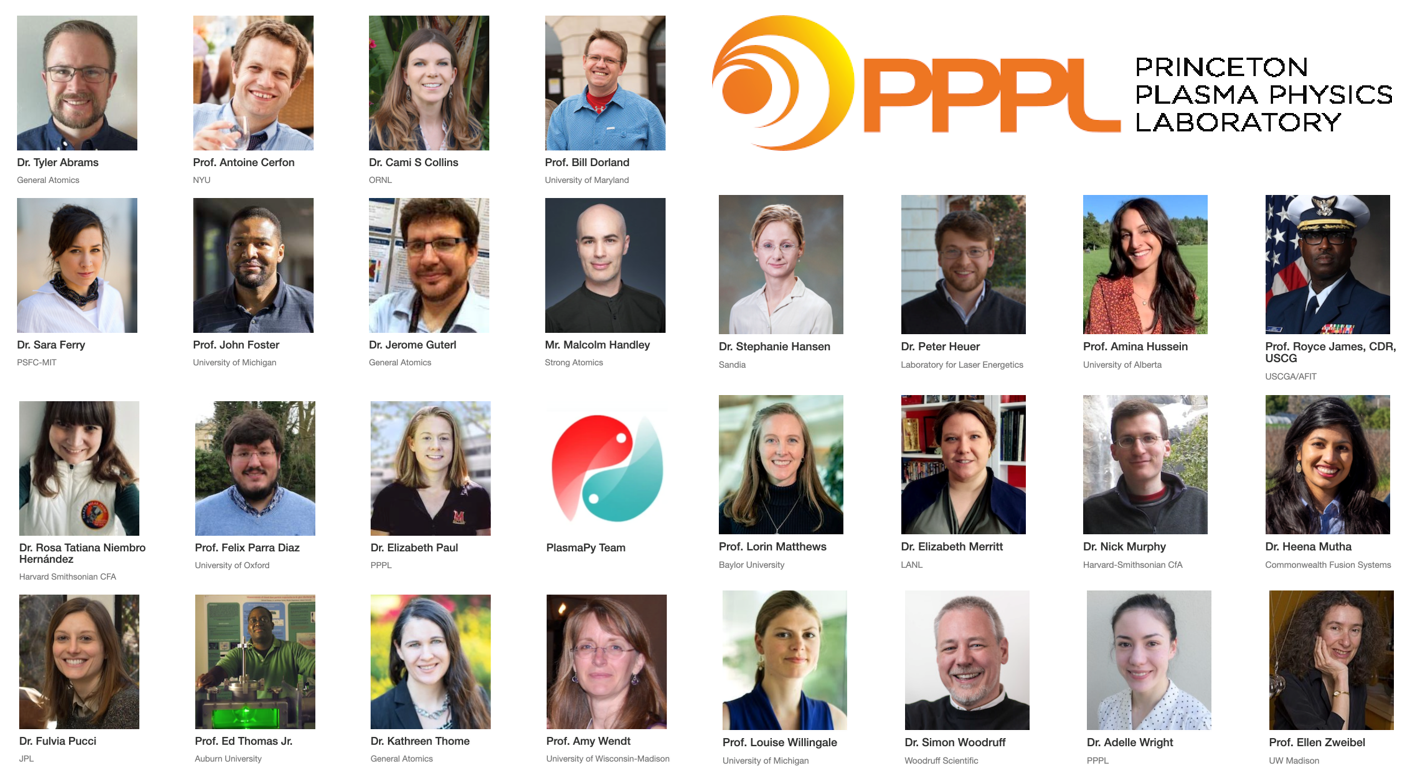
The European Physical Society (EPS) Plasma Physics Innovation Prize was established in 2008 to recognize and promote the wider benefits to society that arise from the applications of plasma physics research. The prize is awarded once a year and is managed by EPS Plasma Physics Division Board, where our group leader Prof. Mervi Mantsinen is a member since 2021.
This year, the EPS Plasma Physics Innovation Prize has been awarded to Dr Ane Aanesland, Dr Dmytro Rafalskyi and Javier Martínez Martínez for the technological, industrial and societal applications of research in plasma physics through their pioneering development of iodine-fueled plasma-based electric propulsion systems for satellites.





